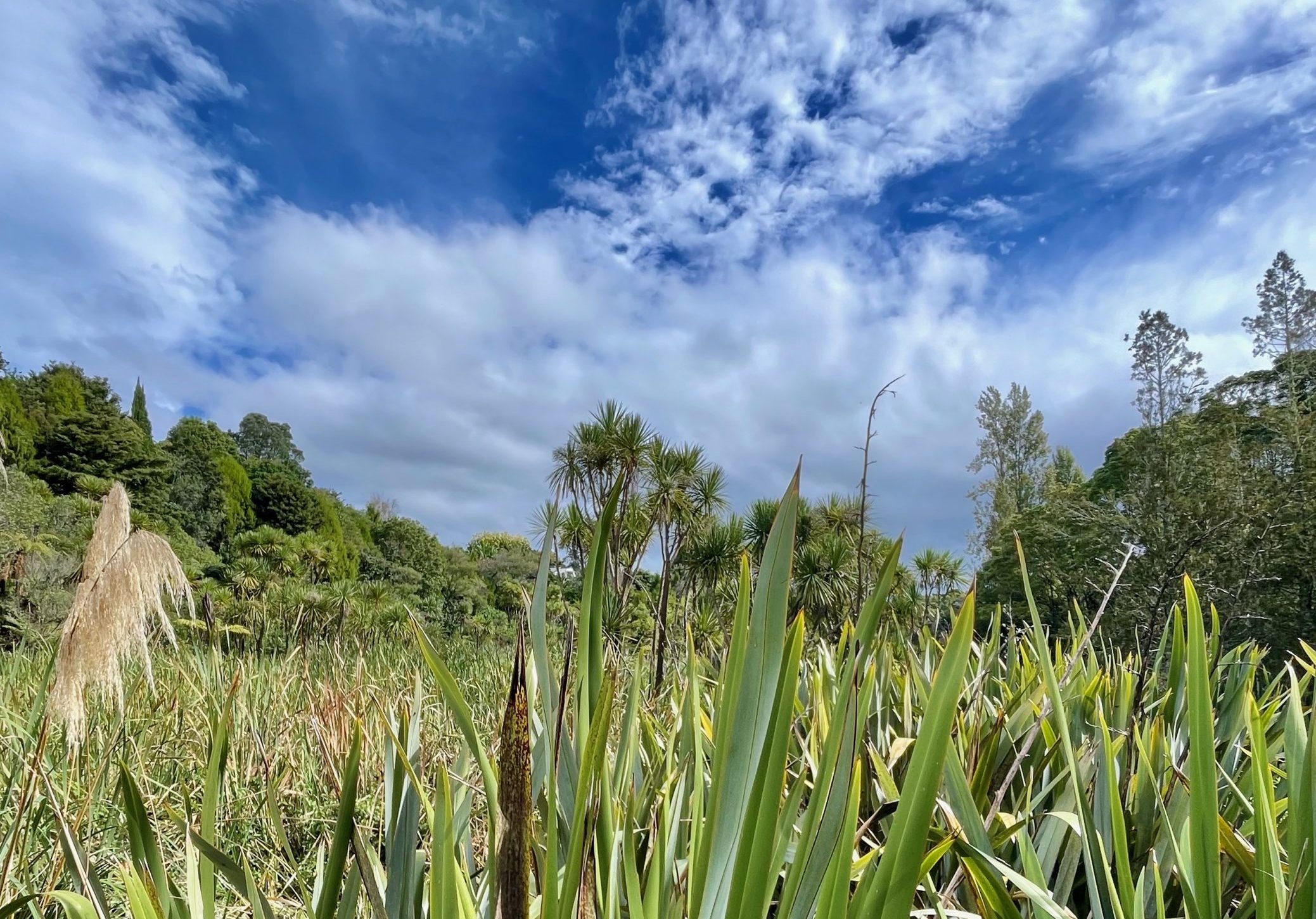
What is Biodiversity?
Biodiversity refers to all the different kinds of life found in an area, including animals, plants, and fungi. The greater the number of different living things, the greater the biodiversity. For example, a farm with tūī, long-tailed bats, and tōtara has greater biodiversity than a farm with just tūī.
Native biodiversity refers to the species that occur naturally in New Zealand, such as tūī, kowhai, wētā, and kiwi, rather than those that have arrived deliberately or accidentally with humans, like cows, sheep, gorse, deer, rats, possums. Many of New Zealand’s native species are only found here and nowhere else in the world.
Watch this video to learn more about biodiversity.
Why is biodiversity important on farms?
Pastoral farming accounts for 50% of land use in New Zealand, so farmers play a key role in taking care of and restoring our natural environment. Many farmers see taking care of the land as a big part of the social license to farm.
Healthy biodiversity also supports healthy ecosystems, which means the land use can be sustained into the future. Degraded ecosystems result in degraded land, which will not sustain production in the future. Farmers in New Zealand have the opportunity to lead the way by managing biodiversity within a productive farming system and ensuring that future generations continue to farm and enjoy a thriving native landscape for years to come.
Maintaining the land for future generations is one reason South Taranaki farmer Damian Roper invests in managing biodiversity on his farm. He says: “Generational stewardship is important for farmers, as caretakers of the land, to provide a better environment for future generations.” – Damian Roper, farmer in South Taranaki
Learn more from Damian in this video.
Why should you monitor biodiversity?
Monitoring which species are on your farm is important, so that you can make informed decisions to manage biodiversity and so you can show how on-farm biodiversity is changing over time. A good way to start monitoring is by surveying the biodiversity on your farm once a year, at the same time of year. This will ensure you can compare the species you find and how your actions are affecting biodiversity each year.
How do you monitor biodiversity?
You don’t need fancy equipment to monitor biodiversity. You can observe the species on your farm using your eyes and ears, noting down which species you see and hear. For example, you can do five minute bird counts, where you stay in one location and listen to and note down the birds you hear calling. You can also use a phone or camera to capture images and you can use apps like iNaturalist to identify species.
If you want to do more extensive biodiversity surveys, you can use tools like eDNA water sampling, satellite imagery, and acoustic bird recorders. Often, the cost of these tools can be shared by a catchment group, so many farmers can benefit.
Jumpstart your biodiversity monitoring during the iNaturalist City Nature Challenge
The iNaturalist City Nature Challenge is this April 26-29. This is the first year rural land has been included in the survey. The challenge now invites all Taranaki residents to step outside, explore their surroundings, and celebrate the incredible biodiversity unique to our region. By participating, farmers, landowners, and families will contribute to a global effort to document nature.
Taking part in the challenge is a great way to start understanding what species are on your property, and will also contribute to a comprehensive understanding of regional biodiversity. And every observation you make helps Taranaki compete for the top spot in New Zealand.
Sign up to the challenge here: https://inaturalist.nz/projects/city-nature-challenge-2024-taranaki. Then from April 26th to 29th, go out with your phone or camera to take photos of plants, animals, and fungi on your farm. To make sure your observations count, upload your photos to the Taranaki project page using the iNaturalist app or website.
Here’s a couple of videos about how to upload your observations using the iNaturalist app and website: